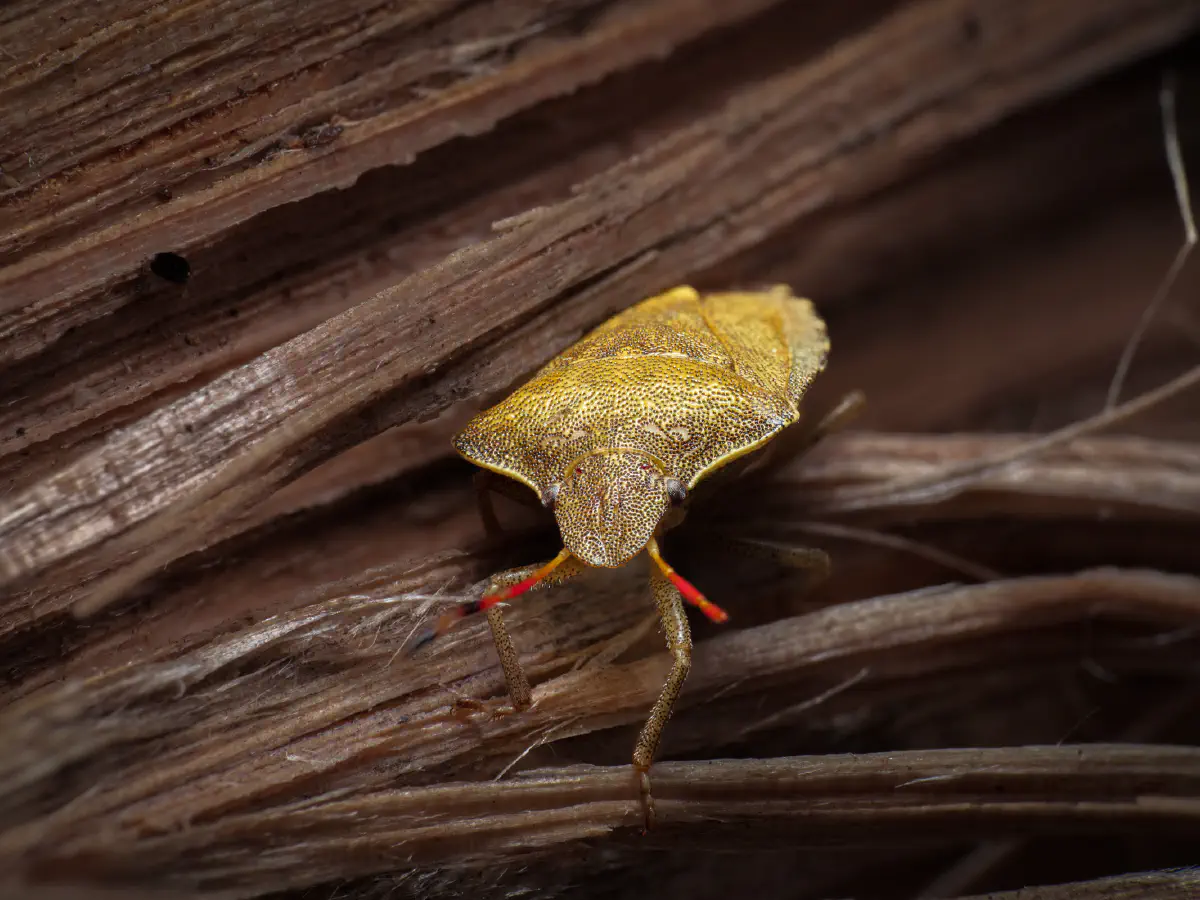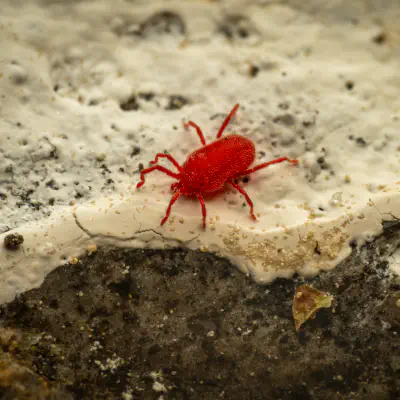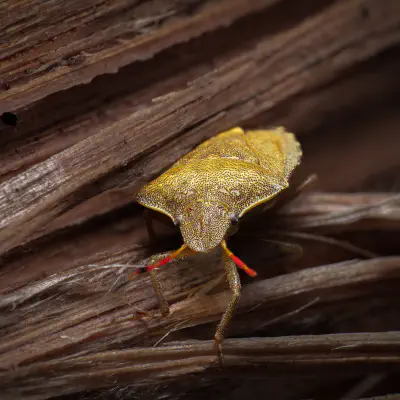Piezodorus lituratus var. lituratus (Fabricius, 1794) Piezodorus lituratus var. alliaceus (Germar, 1823)
Gorse Shield Bug (lat. Piezodorus lituratus)








This is not intended to be a dry lexicon. Personal stories and sensitive articles form the framework for our pictures: „The last refuge“
In a world suffering from extreme heat, Mario, the mite, discovers a legendary natural refuge that promises protection and cooling. His journey underlines the urgent need to secure sustainable habitats for all species.


